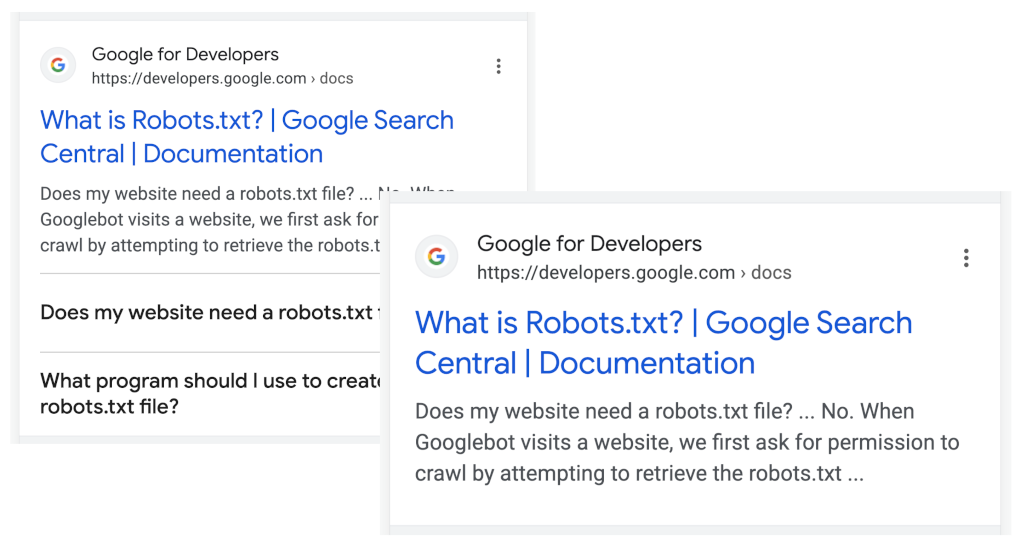Google Bids Adieu to its HowTo and FAQ Rich Results

Google has made the decision to reduce the prominence of the HowTo and the FAQ rich results. For most websites, the FAQ-rich results will largely be phased out, whereas the HowTo will be entirely deleted from mobile search results.
According to the search engine, this update is scheduled to roll out globally over the course of the following week. Once the modification takes effect, there is likely to be a significant drop in the click through rates of impacted websites.
The FAQ-rich results were launched back in May 2019, with numerous early adopters embracing this feature wholeheartedly. During its inception, the treatment took up a substantial amount of space, often showcasing up to 4 rows of questions by default. Over time, Google gradually implemented adjustments, restricting the display to no more than 2 rows of questions.
However, following the recent announcement, rich results associated with FAQs and FAQ Page structured data will only be presented for “well-known, authoritative government and health websites.” For all other websites, the regular display of this rich result will be discontinued.
It must be noted that Google has advised site owners that no immediate changes are required on their end. However, from a practical standpoint, investing time in adding this markup to your pages seems futile, as the benefits are hardly measurable – unless your website falls under the category of a renowned Government or Health site.
Regarding the HowTo changes, Google specifies that rich results derived from HowTo structured data will exclusively appear for desktop users, and not for those accessing sites through mobile devices. Google explains that, with mobile indexing, the mobile version of a website serves as the basis for indexing. Therefore, to have HowTo rich results displayed on the desktop, the mobile version of your website must include the appropriate markup.
The Bottom Line:
This update signifies a significant shift in Google’s approach to rich results, underlining the need for adaptable strategies in the ever-evolving landscape of search engine optimization. The decision to remove this particular type of rich result was bound to happen sooner or later. Its usage never truly prioritized the user experience, and now Google seems to have grasped this reality.
In essence, this marks a pivotal moment in the world of rich results, emphasizing the need for adaptable strategies to navigate the dynamic realm of search engine optimization.

